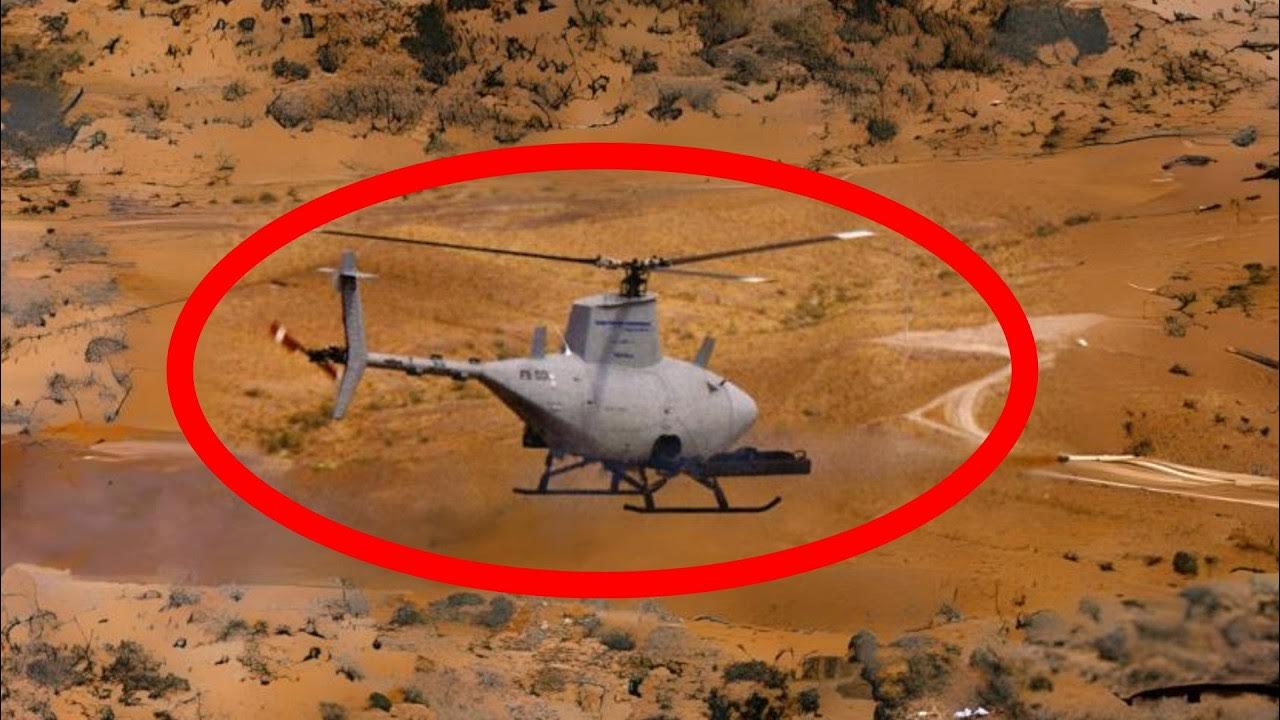Here's Why the F-14 Tomcat Is Such a Badass Plane
Summary
TLDRThe F-14 Tomcat, an iconic fighter jet developed by Grumman for the US Navy, gained worldwide recognition for its advanced features, including variable sweep wings and powerful avionics. Introduced in the 1970s, the F-14 played a crucial role in air superiority and fleet defense, particularly during the Cold War and the Iran-Iraq War. Iran, its only foreign operator, continued to utilize the Tomcat after the 1979 revolution, achieving significant combat success. Despite its retirement in 2006, the F-14 remains a symbol of naval aviation, immortalized in popular culture, most notably in the film *Top Gun*.
Takeaways
- 😀 Iran was the only foreign customer of the F-14 Tomcat, purchasing 80 units in 1976 during the reign of Mohammad Reza Pahlavi.
- 😀 The Iranian F-14s achieved 50 air-to-air victories within the first 6 months of the Iran-Iraq War, outperforming Iraqi MiG 21s, MiG 23s, and Su-20s.
- 😀 The F-14 Tomcat was designed by Grumman Aerospace Corporation for the US Navy and served from the early 1970s until its retirement in 2006.
- 😀 The F-14 featured a variable sweep wing, which allowed it to adapt to different speeds and altitudes, making it versatile for air superiority and strike missions.
- 😀 The Tomcat had a tandem cockpit layout with a radar intercept officer (RIO) managing the aircraft's radar and weapons systems, an early example of a fighter with a dedicated weapon system operator.
- 😀 The F-14 was powered by two Pratt & Whitney turbo-fan engines and could reach speeds of up to Mach 2.3, with a combat radius of over 500 nautical miles.
- 😀 The F-14’s armament included a 20mm M61 Vulcan cannon and a variety of air-to-air missiles like the AIM-7 Sparrow and AIM-9 Sidewinder.
- 😀 The F-14 Tomcat was pivotal during the Cold War in deterring Soviet aircraft and protecting American naval assets, thanks to its long-range radar and missiles.
- 😀 The F-14 also played a crucial role in tactical reconnaissance, using the TARPS (Tactical Airborne Reconnaissance Pod System) for intelligence gathering.
- 😀 After its retirement from the US Navy in 2006, the F-14's legacy continued in popular culture, most notably through the film *Top Gun*, and it remains a symbol of American air power.
Q & A
What was the primary foreign customer for the F-14 Tomcat during its heyday?
-Iran was the primary foreign customer for the F-14 Tomcat during its heyday. In 1976, Iran purchased 80 F-14s under the regime of Mohammad Reza Pahlavi.
How successful were Iranian F-14s in the Iran-Iraq war?
-During the first six months of the Iran-Iraq war, Iranian F-14s achieved 50 air-to-air victories, outpacing Iraqi MiG-21s, MiG-23s, and Su-20s. Remarkably, only one F-14 was lost during this period.
What was the distinctive feature of the F-14 Tomcat?
-The F-14 Tomcat was renowned for its distinctive variable-sweep wings, which allowed it to adapt its aerodynamic performance for various speeds and altitudes.
What was the main role of the F-14 in the US Navy?
-The F-14 served as a primary fleet defense interceptor, air superiority fighter, and tactical reconnaissance platform for the US Navy from the 1970s until its retirement in 2006.
What was the F-14's most notable combat capability?
-One of the F-14's most notable capabilities was its ability to carry and guide up to six AIM-54 Phoenix missiles to six different targets simultaneously, thanks to its advanced radar and weapons systems.
Why was the F-14 Tomcat developed?
-The F-14 Tomcat was developed to replace the aging F-4 Phantom and to address the emerging threat of long-range Soviet bombers and anti-ship missiles, which posed a significant risk to US Navy fleets.
What were the main features of the F-14's cockpit?
-The F-14's cockpit had a tandem seating arrangement for the pilot and a radar intercept officer (RIO). The RIO managed the radar and weapons systems, which made the F-14 one of the earliest examples of a fighter with a dedicated weapons system operator.
How did the F-14 contribute to the Cold War?
-During the Cold War, the F-14 was critical in deterring Soviet aircraft. Its long-range radar and missile capabilities made it an effective tool for protecting American naval assets and engaging potential adversaries.
What led to the retirement of the F-14 from the US Navy?
-The F-14 was retired from US Navy service in 2006 due to high maintenance costs and the arrival of more modern, versatile fighters like the F/A-18 Super Hornet, which took over many of the F-14's duties.
What role does Iran play in the continued operation of the F-14 Tomcat?
-Today, Iran remains the world's only operator of the F-14 Tomcat, with around two dozen still in service. Reports indicate that the F-14 has been used in combat, such as escorting bombers during operations over Syria.
Outlines

This section is available to paid users only. Please upgrade to access this part.
Upgrade NowMindmap

This section is available to paid users only. Please upgrade to access this part.
Upgrade NowKeywords

This section is available to paid users only. Please upgrade to access this part.
Upgrade NowHighlights

This section is available to paid users only. Please upgrade to access this part.
Upgrade NowTranscripts

This section is available to paid users only. Please upgrade to access this part.
Upgrade NowBrowse More Related Video

Who Wins!! F-14 Tomcat Vs F-15 Eagle: The Best Jet Fighters in the World | Military Summary

Why the F-14 Tomcat Is Such a Badass Plane

US's Surprise Flying Killer Confused with a Completely Different Aircraft

The World's First Microprocessor: F-14 Central Air Data Computer

The World’s Most Advanced Fighter Jet | F-35 Lightning

Fighter Pilot Breaks Down Every Fighter Jet From Top Gun: Maverick | WIRED
5.0 / 5 (0 votes)